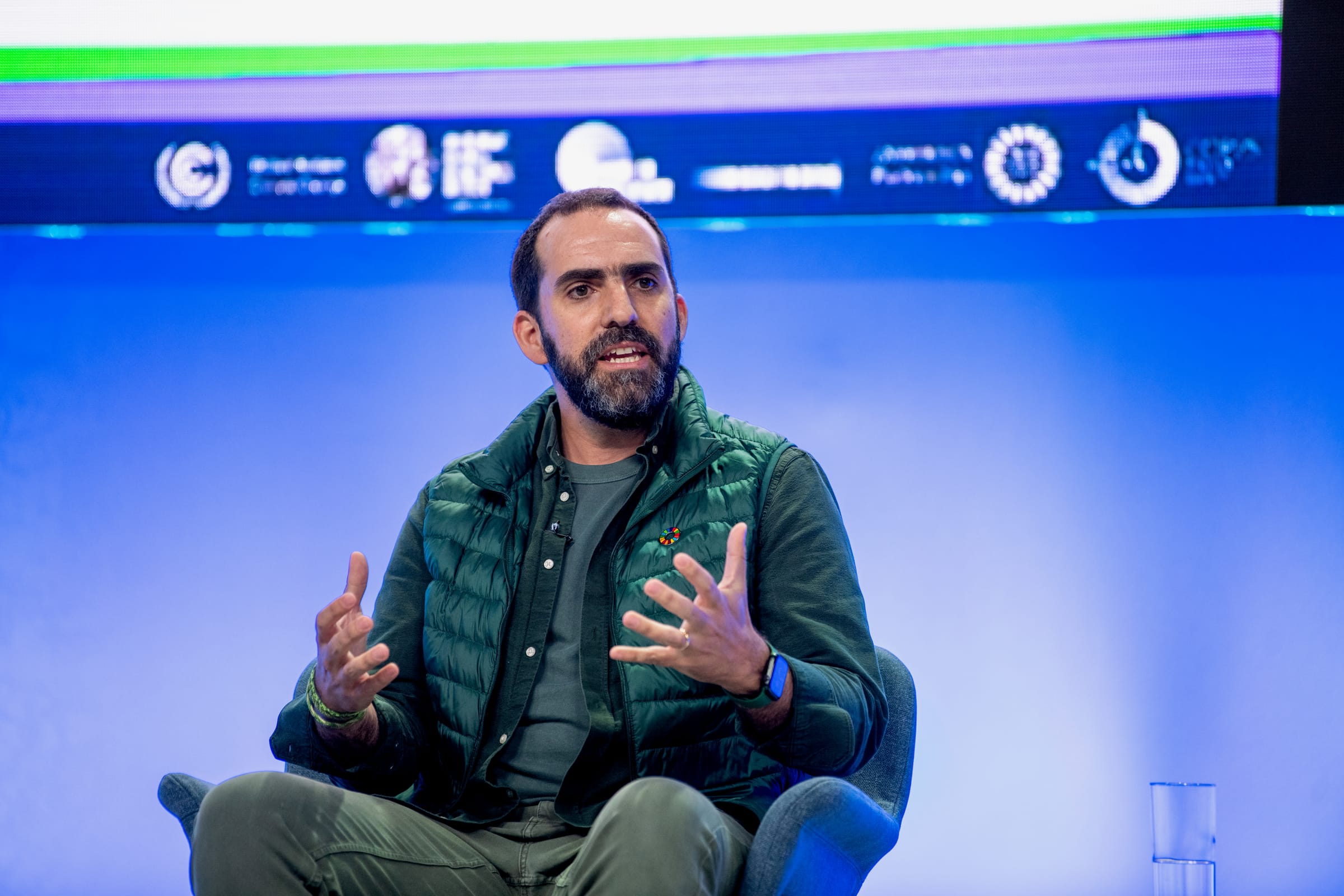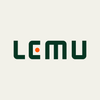GLASGOW, United Kingdom / FRUTILLAR, Chile (Nov. 9, 2021) — Lemu, a Chilean startup pioneering Nature Intelligence technology, was officially introduced today on the main stage of the Blue Zone at COP26 in Glasgow — and transmitted live worldwide through the United Nations YouTube channel.
The company presented its vision for an Atlas of the Biosphere, a digital platform mapping ecosystems and species to make nature visible and measurable in every decision.
Key Highlights
- Lemu unveiled at COP26 as a new Atlas of the Biosphere to make ecosystems visible and measurable.
- Founder Leo Prieto announced the launch of Lemu Nge, the world’s first biodiversity-focused nanosatellite, from Patagonia.
- Lemu integrates ethical AI, remote sensing, eDNA, and collective intelligence to protect biodiversity and strengthen carbon removal.
“We live in a time where science and technology allow us to do almost anything we can imagine — and we must put these tools to work to protect the extraordinary diversity of life on our planet,” said Prieto. “Lemu is building an atlas of the biosphere, a map of ecosystems and species that helps us connect with and understand nature. By combining ethical AI, remote sensing, environmental DNA, and collective intelligence, we can detect deforestation early, safeguard biodiversity, and strengthen the carbon removal capacity of ecosystems.”
The Atlas of the Biosphere is envisioned as a living map of nature — an interactive platform where organisations, researchers, and citizens can see not only infrastructure and human activity, but also ecosystems, species, and their interactions. By integrating satellite imagery, environmental DNA, aerial LiDAR, and citizen science, the Atlas will help detect ecosystem change in real time, inform conservation priorities, and strengthen climate resilience.
As part of the announcement, Lemu introduced Lemu Nge (“Forest Eye” in Mapudungun), its first hyperspectral nanosatellite. Designed in Chile, Lemu Nge will enable detailed biodiversity monitoring from orbit, offering new levels of insight into ecosystem health and carbon capture.
The nanosatellite represents a major step in bringing cutting-edge Earth observation capacity to biodiversity science, complementing ground-based research with scalable, planetary coverage.
The session was moderated by climate expert Gabrielle Walker, who concluded: “If you can be ambitious from Patagonia, we can be ambitious everywhere in the world.”

